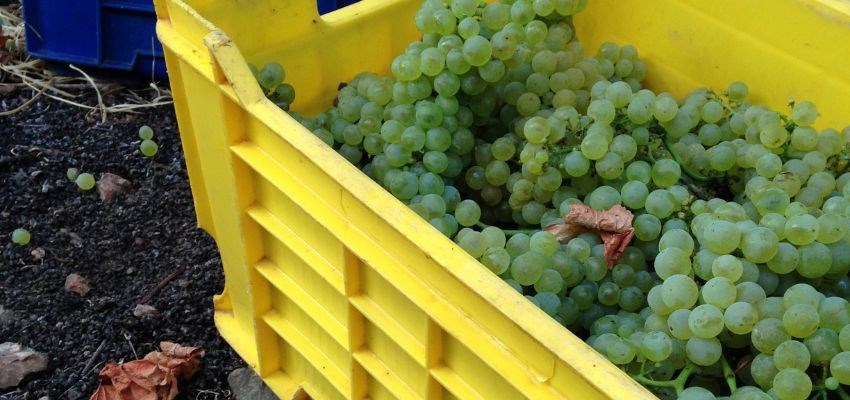Chardonnay wheels rolling full force as De Wetshof kicks off harvest 2024
It's all systems go on De Wetshof Estate as this pioneering Chardonnay producer begins harvesting vintage 2024.

It is all systems go on De Wetshof Estate in Robertson as this pioneering Cape Chardonnay producer begins harvesting vintage 2024 with early indications showing brisk acidity and low pH levels in Chardonnay picked on the farm’s vineyards planted to rich limestone soils.
This year’s vintage follows an unusually wet winter, as well as torrential spring rain in September last year.
“De Wetshof experienced 430mm of rain last year, some 130mm more than the average,” says Johann de Wet, CEO of De Wetshof. “March last year was a cracker with 131mm falling just as we were wrapping-up the 2023 harvest, and then another 82mm pummelled down in September. There was some flooding of vineyards, but the damage was limited to poles and wiring without serious damage to the plants. They don’t mind getting their feet wet, now, and again.”
De Wet says the wet conditions experienced last year actually had a positive effect on the soils, apart from the obvious benefits of getting water down to the deeper-lying vineyard roots.
“The rain was welcome in flushing-outsalts that had over the years accrued beneath the surface, leaving pristine soils that ensured tremendous vineyard health. These healthy vineyards are delivering really fine quality grapes during this year’s harvest, and at the moment we are very pleased with what we are seeing as the fruit comes in. Canopies are vigorous and flush, the result of this vineyard health, so the grape-bunches are getting superb protection from any potential harsh sun and excessive wind, as was the case early in the season.”

From left: Loic du Toit, winemaker; Danie de Wet; Johann de Wet, CEO; and Hanné Snyman, assistant winemaker.
The cold winter also allowed the vines to get a welcome rest as they closed-down for a few months’ slumber, after which energetic bud-break and berry-set ensued. “It was really cold in winter, overnight temperatures nudging freezing-point,” says De Wet. “Fortunately, frost with none finding its way into the vineyard.”
De Wet says that spring-budding was even in the vineyards that are spur-pruning, while the guyot-pruned plants were slightly uneven. “Budding was a week later than average, but some warm weather in January pushed the ripening process and our harvest kicked-off as per the usual schedule.”
With over 75% of De Wetshof’s 200ha vineyard landscape being Chardonnay, the next three weeks will be a hive of activity with the challenge of harvesting and vinifying grapes ripening simultaneously.
“But we see this movie each year,” says De Wet. “Harvesting kicks-off at 2.00am and by the time the cellar crews arrive there is plenty of cool fruit to work with. We also stop picking once the temperature rises to above 27ºC allowing the grapes to cool down overnight and capture the all-important acidity and vibrance. Apart from ensuring wine quality, this regime allows De Wetshof to capture true site-specificness in each of our Chardonnays originating from sites selected to offer a true sense of unique place to the wines.”